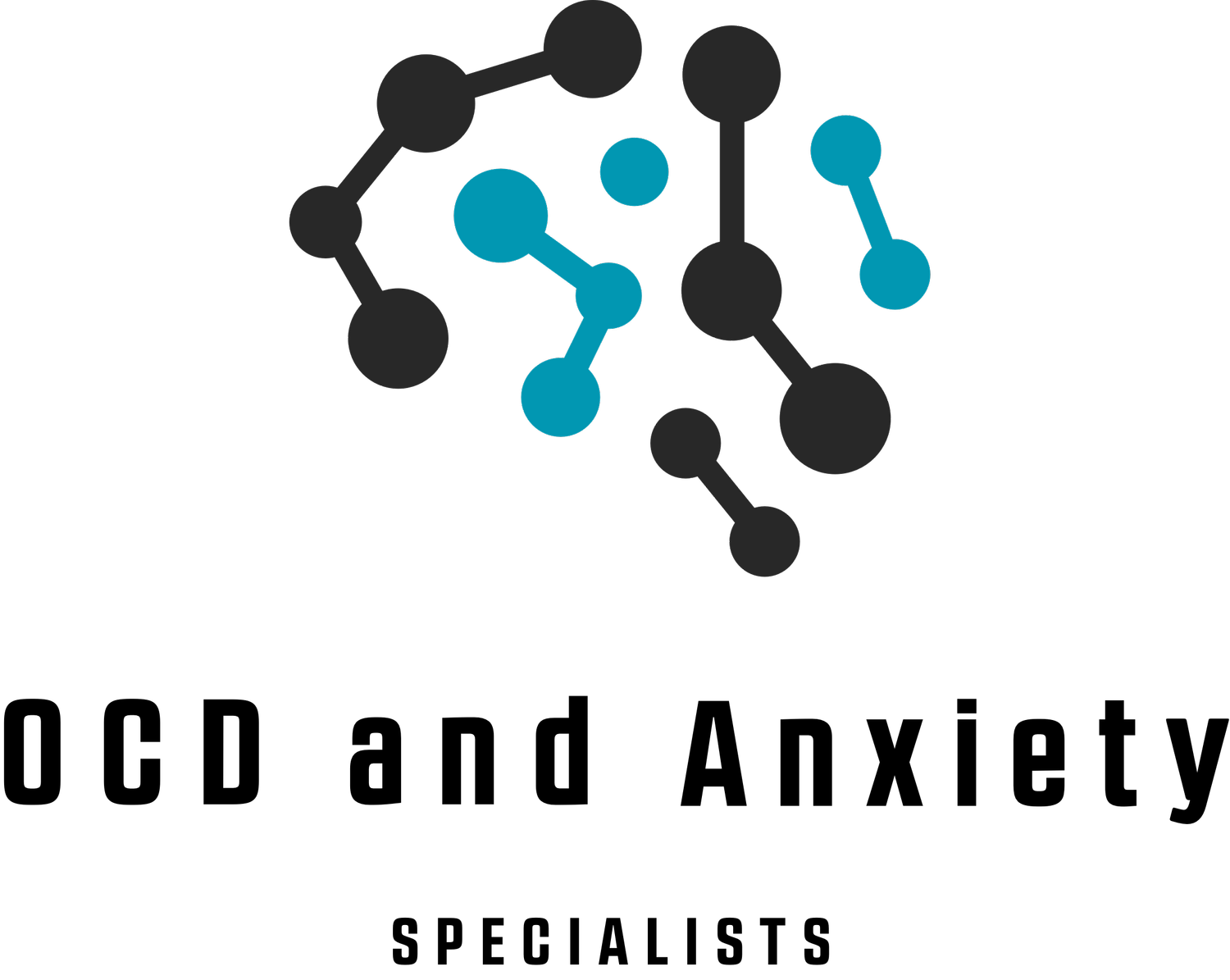Harm OCD
Understanding Harm OCD: Symptoms, Impact, and Treatment
Harm OCD is a subtype of OCD (Obsessive Compulsive Disorder) which is characterized by intrusive thoughts, images, or urges related to causing harm to oneself or others. Harm OCD can be challenging to understand and manage, but with proper treatment and support, individuals with Harm OCD can find relief and improve their quality of life.
Symptoms of Harm OCD
Harm OCD is characterized by persistent and unwanted thoughts, images, or urges related to causing harm to oneself or others. These intrusive thoughts can be distressing and disturbing, and individuals with Harm OCD often experience extreme anxiety and fear as a result.
Common symptoms of Harm OCD may include:
Intrusive thoughts of intentionally causing harm to oneself or others, such as thoughts of stabbing, pushing, or harming loved ones or strangers. Here in New York City, a common fear is pushing others into the subway tracks.
Fear of losing control and acting on the intrusive thoughts, despite having no actual desire or intention to harm anyone.
Compulsive behaviors or mental rituals in an attempt to neutralize or alleviate the anxiety caused by the intrusive thoughts. These may include checking, avoidance, reassurance-seeking, or mental reviewing. Some folks may walk around with their hands crossed or in their pockets to ensure that they don’t impulsively harm anyone.
Constant doubt and uncertainty about one's intentions and fear of being a danger to oneself or others.
Emotional distress, such as anxiety, guilt, shame, and fear, related to the intrusive thoughts and the perceived threat they pose.
Impact of Harm OCD
Harm OCD can have a significant impact on various aspects of an individual's life. The distressing and intrusive nature of the thoughts and the resulting anxiety can lead to severe disruption in daily activities, relationships, and overall mental well-being.
Interference with daily activities: The persistent and intrusive thoughts of harming oneself or others can interfere with one's ability to concentrate, work, or engage in everyday activities. The distress and anxiety caused by Harm OCD may consume a significant amount of time and energy, making it challenging to focus on other aspects of life.
Strained relationships: Individuals with Harm OCD may experience difficulty in maintaining healthy relationships, as the intrusive thoughts and anxiety can lead to avoidance, reassurance-seeking, or isolation.
Emotional distress: The intense anxiety, guilt, and shame related to the intrusive thoughts can cause significant emotional distress for individuals with Harm OCD. The constant doubt and uncertainty about one's intentions can lead to a constant state of worry and fear, impacting overall mental well-being and quality of life.
Reduced quality of life: Harm OCD can significantly impact an individual's quality of life, leading to a reduced sense of well-being, decreased satisfaction with life, and increased distress and impairment in daily functioning.
Treatment for Harm OCD
The good news is that Harm OCD, like other forms of OCD, is treatable. Treatment typically involves therapy, medication, or a combination of both, depending on the client’s preferences and needs. Here are some common approaches:
Cognitive Behavioral Therapy (CBT): CBT is a large umbrella under which there are various modalities of therapy. Two of these modalities in particular have large evidence bases for treating OCD. E
Exposure and Response Prevention (ERP) therapy, is considered one of the most effective treatments for OCD, including Harm OCD. ERP involves gradually exposing the individual to their feared thoughts or situations while helping them to resist the urge to engage in compulsive behaviors. This helps to reduce the anxiety and the need for checking or reassurance-seeking behaviors.
Acceptance and Commitment Therapy (ACT) is another CBT that can be very useful for those with OCD. ACT can help individuals with Harm OCD develop skills to tolerate and manage the distress caused by the intrusive thoughts. This therapy focuses on developing mindfulness skills, accepting thoughts without judgment, and commitment to values-based actions.
Medication: Serotonin reuptake inhibitors (SRIs), which are commonly used to treat OCD and other anxiety disorders, may be prescribed by a psychiatrist to help regulate serotonin levels in the brain and reduce symptoms of Harm OCD. Anti-anxiety medications or other psychiatric medications may also be used in combination with SRIs, depending on the individual's needs.
Lifestyle changes: Practicing self-care, engaging in regular exercise, maintaining a healthy diet, and getting enough sleep can all contribute to overall mental well-being and help individuals manage their Harm OCD symptoms.Therapy for Harm OCD
Therapy for Harm OCD
It's important to note that treatment for Harm OCD may take time and effort, and progress may be gradual. However, with consistent treatment and support, many individuals with Harm OCD can experience significant improvement in their symptoms and overall well-being.
Living with Harm OCD can be challenging, but it's important to remember that you are not alone, and help is available. Seeking support from mental health professionals, such as therapists or psychiatrists, who are experienced in treating OCD, can be a crucial step in managing Harm OCD effectively.
In conclusion, Harm OCD is a subtype of OCD that involves intrusive thoughts, images, or urges related to causing harm to oneself or others. It can have a significant impact on an individual's daily life, relationships, and mental well-being. However, with proper treatment and support, individuals with Harm OCD can find relief and learn to manage their symptoms effectively. If are interested in receiving treatment for your Harm OCD, feel free to reach us here to schedule a free consultation. Remember, there is hope, and effective treatments are available.
